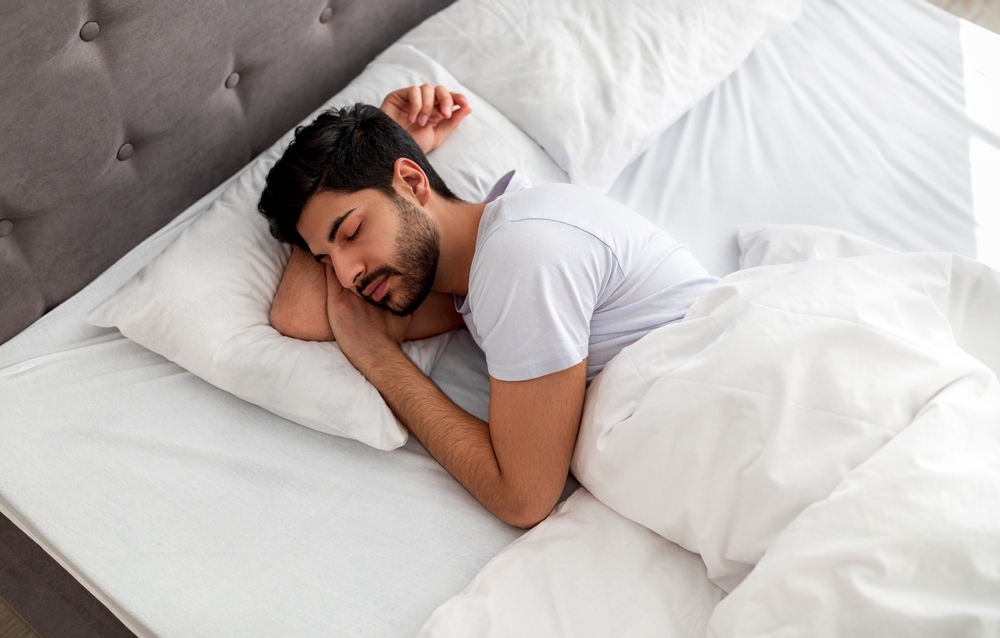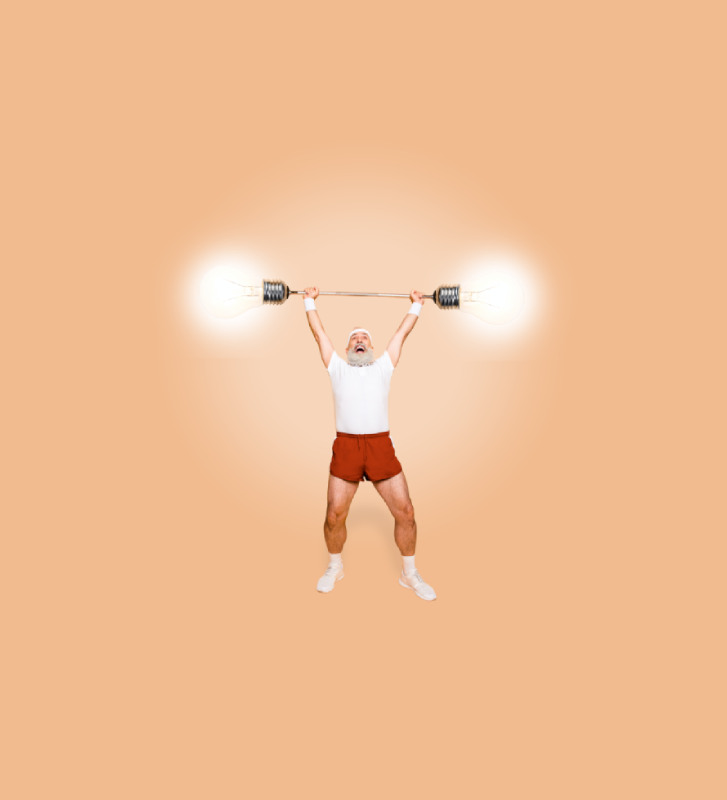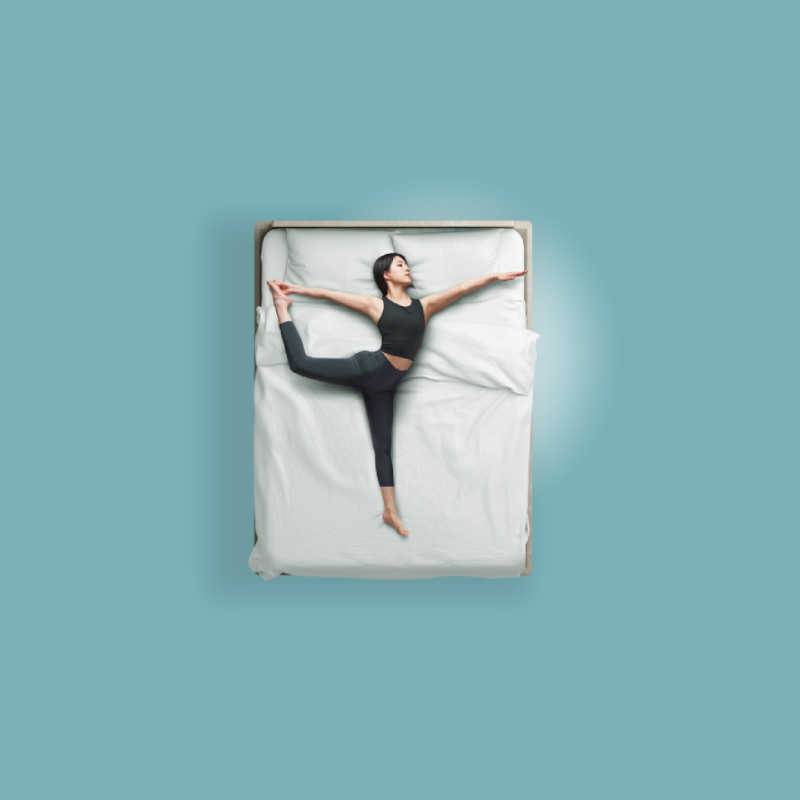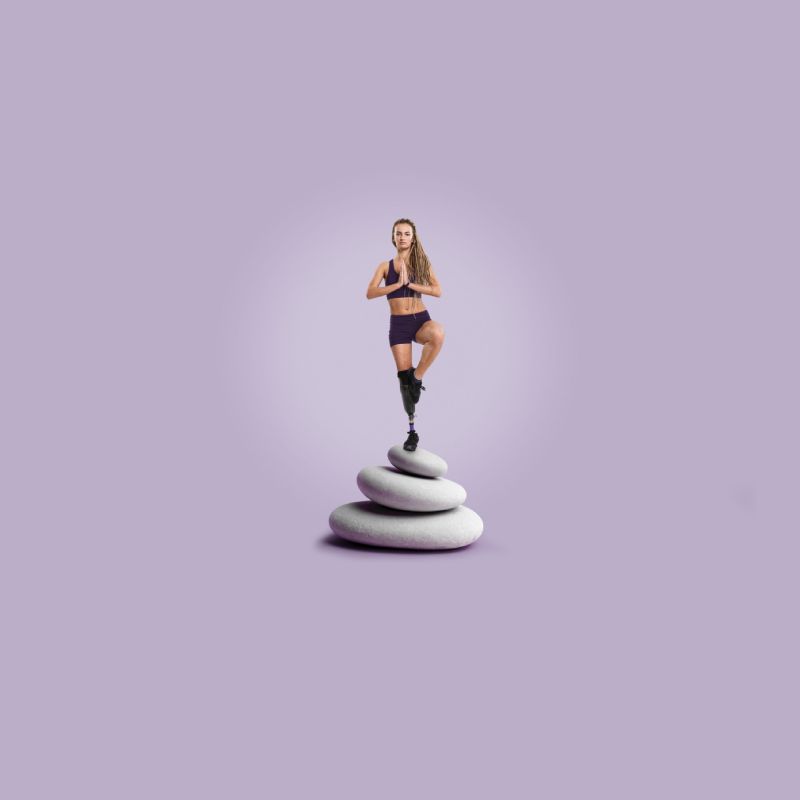Sleeping
Move more, sleep more
Do you toss and turn at night or have trouble falling asleep? Are you feeling tired throughout the day and can’t wait to crawl back under the covers? It turns out that you’re not alone. According to Statistics Canada, almost half of people living in Canada don’t wake up refreshed, but getting active can help get you to sleep!


References
References
- CHAPUT ET AL., (2017). DURATION AND QUALITY OF SLEEP AMONG CANADIANS AGED 18 TO 79. RETRIEVED FROM https://www150.statcan.gc.ca/n1/pub/82-003-x/2017009/article/54857-eng.htm
- NATIONAL SLEEP FOUNDATION. (2015). NATIONAL SLEEP FOUNDATION RECOMMENDS NEW SLEEP TIMES. RETRIEVED FROM https://sleepfoundation.org/press-release/national-sleep-foundation-recommends-new-sleep-times
- STATISTICS CANADA. (2015). DIRECTLY MEASURED PHYSICAL ACTIVITY OF ADULTS, 2012 AND 2013. STATISTICS CANADA. RETRIEVED FROM https://www150.statcan.gc.ca/n1/pub/82-625-x/2015001/article/14135-eng.htm
- STATISTICS CANADA. (2014). PERCEIVED LIFE STRESS. RETRIEVED FROM https://www150.statcan.gc.ca/n1/pub/82-625-x/2015001/article/14188-eng.htm
- UNIVERSITY OF HAIFA. (2017). BLUE LIGHT EMITTED BY SCREENS DAMAGES OUR SLEEP. RETRIEVED FROM https://www.sciencedaily.com/releases/2017/08/170822103434.htm






